The Right of Return
The UN emissary, Count Folke Bernadotte (1895-1948) arrived in Palestine in May 1948 to mediate a cease fire. The recently proclaimed Israeli government consented to his appointment because, as president of the Swedish Red Cross, he saved 15,000 Jews from the Nazi Camps during WW2. Now, in Palestine, having witnessed the expulsion of the Palestinians from their homes and villages, he called for the unqualified return of all Palestinian refugees expelled as a result of the conflict. He declared:
“It would be an offence against the principles of elemental justice if these innocent victims of the conflict were denied the right to return to their homes, while Jewish immigrants flow into Palestine”.
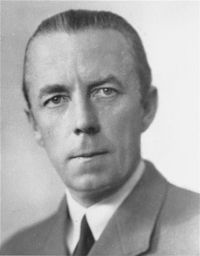
For this, he was assassinated by Jewish underground terrorists, the Stern Gang headed by Itzhak Shamir, on 17 September 1948, as his motorcade drove through Katamon west of Jerusalem. Shamir later became Israel's Pime Minister in 1983 and also in 1988.
It was partly as a tribute to Count Bernadotte that the UN General Assembly issued its Resolution 194 on 11 December 1948 calling for:
1. Return of all expelled Palestinians (Art. 11)
2. Protection of and free access to the Holy Places (Art. 7)
3. Demilitarization and UN control over Jerusalem (Art. 8)
4. Free access to Jerusalem (Art. 9)
Only the day before, on 10 December 1948, The UN published The Universal Declaration of Human Rights. Article 13 of that Declaration states that every person has the right to return to his/her home. To prevent that person from returning, no matter what the reasons are for his/her exodus, is itself a war crime.
The right of the refugees to return to their homes is not only a sacred and legal right, but also a possible one. Studies show that 80% of Jews live on 15% of historic Palestine. The remaining 20% of Jews live on 85% of land that belongs to Palestinians.
The Right of Return is an inalienable right sacredly held by all refugees and entitles them to return at any time to their homes. This Right can never be diminished by the passage of time or by any treaty unless the refugees themselves declare otherwise, or forfeit that Right altogether, but under no duress of any kind.
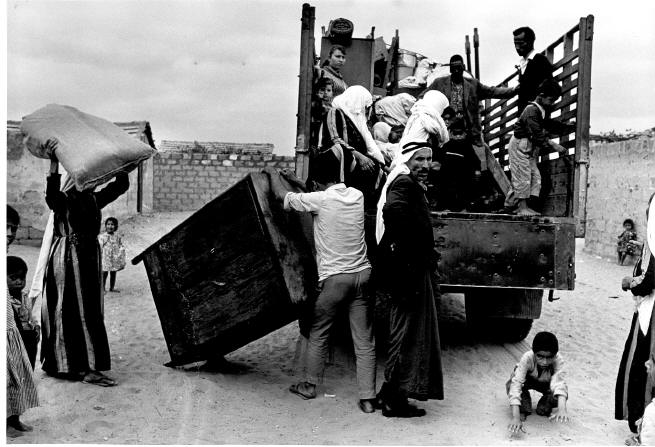
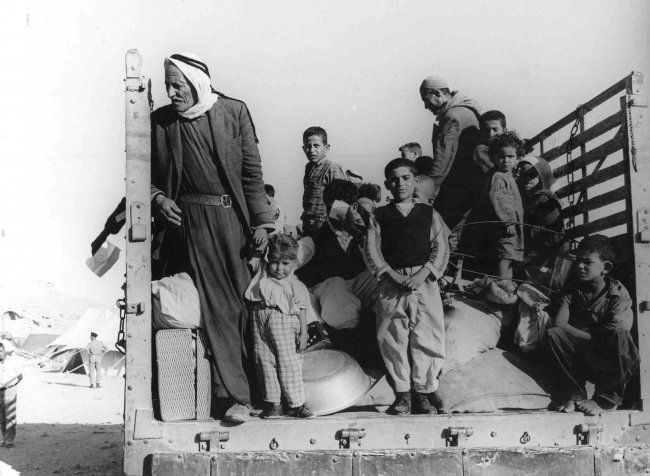
The expulsion of the Palestinians in 1948. Approximately 750,000 indigenous Palestinians became homeless
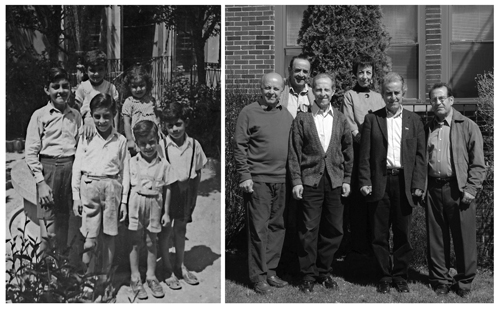 Children of a Palestinian family from Haifa 1 year after their expulsion (L) and 60 years later (R)
Children of a Palestinian family from Haifa 1 year after their expulsion (L) and 60 years later (R)
We repeat: The Right of Return is an inalienable and non-negotiable right. Period.
International Law considers agreements between occupiers and occupied as null and void if they deprive civilians of their right to return to their homes, of their right to repatriation and of their right to restitution.
Acceptance and implementation of Resolution 194 was made a condition for Israel’s entry into the United Nation.
No surprise, then, that the Zionist leadership quickly welcomed it. But Resolution 194 has never been implemented despite its reaffirmation by the UN on more than 130 occasions. Despite this miscarriage of justice, Israel was admitted as a member of the UN on 11 May 1949 “as a peace-loving State which accepts the obligations contained in the Charter and is willing to carry out those obligations”. This peace-loving State has defied more UN Resolutions than any other member state of the UN.
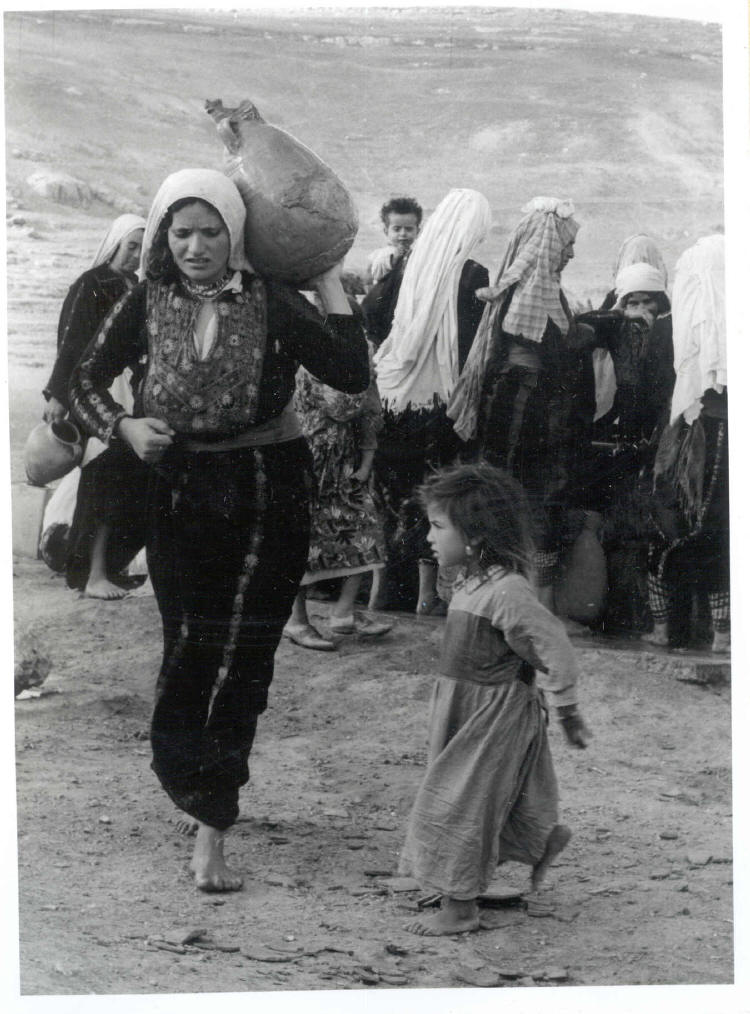
Resolution 194 remains the major legal foundation on which the Right of Return is based. It states that the General Assembly “resolves that the refugees wishing to return to their homes and live in peace with their neighbours should be permitted to do so at their earliest practicable date, and that compensation should be paid for the property of those choosing not to return…”
A number of international conventions including the 1948 Universal Declaration of Human Rights, Articles 9, 13 and 30, the UN Resolution 242 passed in 1967 and many others, call on Israel to permit the return of Palestinian refugees to their homes. It must now be forced to do so, or be expelled from the UN.
Israel and those who support it on the international political stage are responsible for over 4.6 million UNRWA registered Palestinian refugees (2008 figure). As the tragedy drags on, this figure will have reached 6.3 million by June 2012. What a debt on the conscience of the free world.

As a result of the Nakba (1948) and the Naksa (1967), 55 Palestinian refugee camps dot the region.
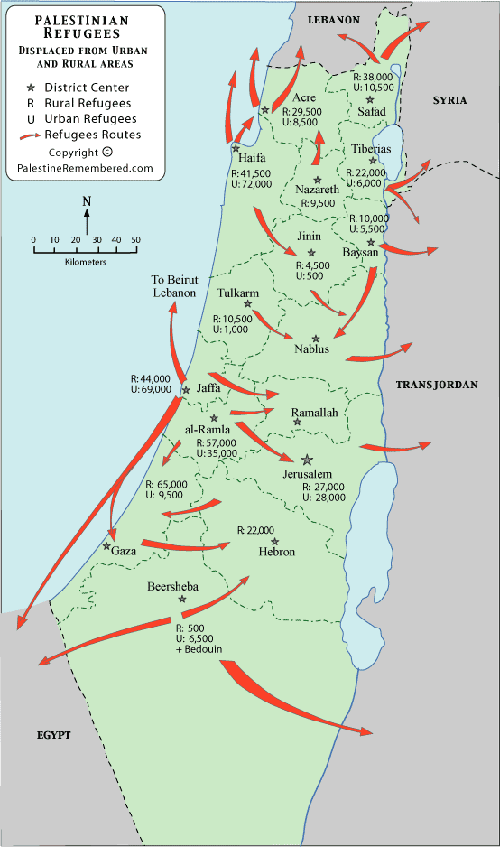
Copyright 1996-2004 The Palestinian Return Centre
By the end of 2015, the Palestinian Central Bureau of Statistic (PCBS) estimated that there were 12.37 million Palestinians living in the world. This means that since the Nakba of 1948, the Palestinian population worldwide has increased by eightfold.
The present (2015) population distribution looks like this:
4.75 million live in the State of Palestine (38.4% of the total Palestinian population in the world), 1.47 million in the Palestinian areas occupied by Israel in 1948 (11.9% of the total Palestinian population in the world), 5.46 million Palestinians live in Arab countries (44.2% of the total Palestinian population in the world), while there are 685,000 Palestinians in foreign countries (5.5% of the total Palestinian population in the world).
Pre-1948, a small percentage of Palestinian lived outside their historic homeloand of Palestine. The above figures now show that more than half of the Palestinians in the world live outside historical Palestine.
The present Palestinian refugee figures look like this (UNRWA data 2015):Percentage of Registered Refugee status of all Palestinians:
Lebanon: 8.8%, Syria: 10.3%, Palestine: 39.8%, and Jordan: 41.1%
This shows that 54% of all Palestinians residing outside Palestine are refugees.
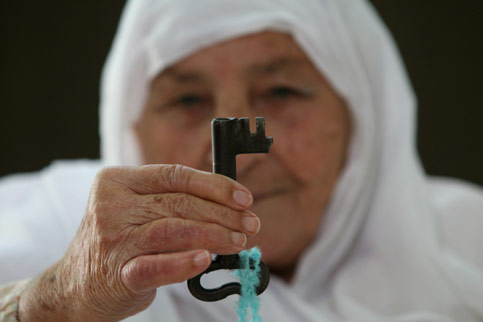
They Shall Return...Homeland Is Not For Sale.
For a chronology of key events in the history of Palestine up to The Nakba, please log on to:
http://www.alnakba.org/chronology/chronology.htm